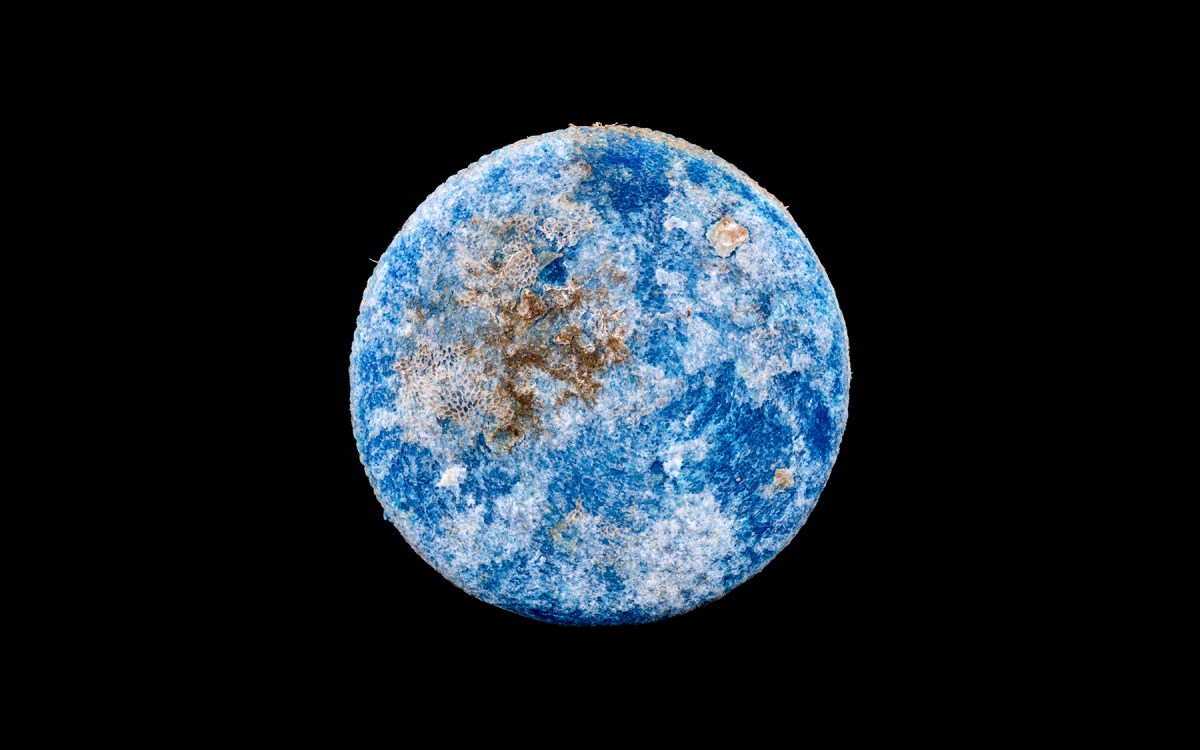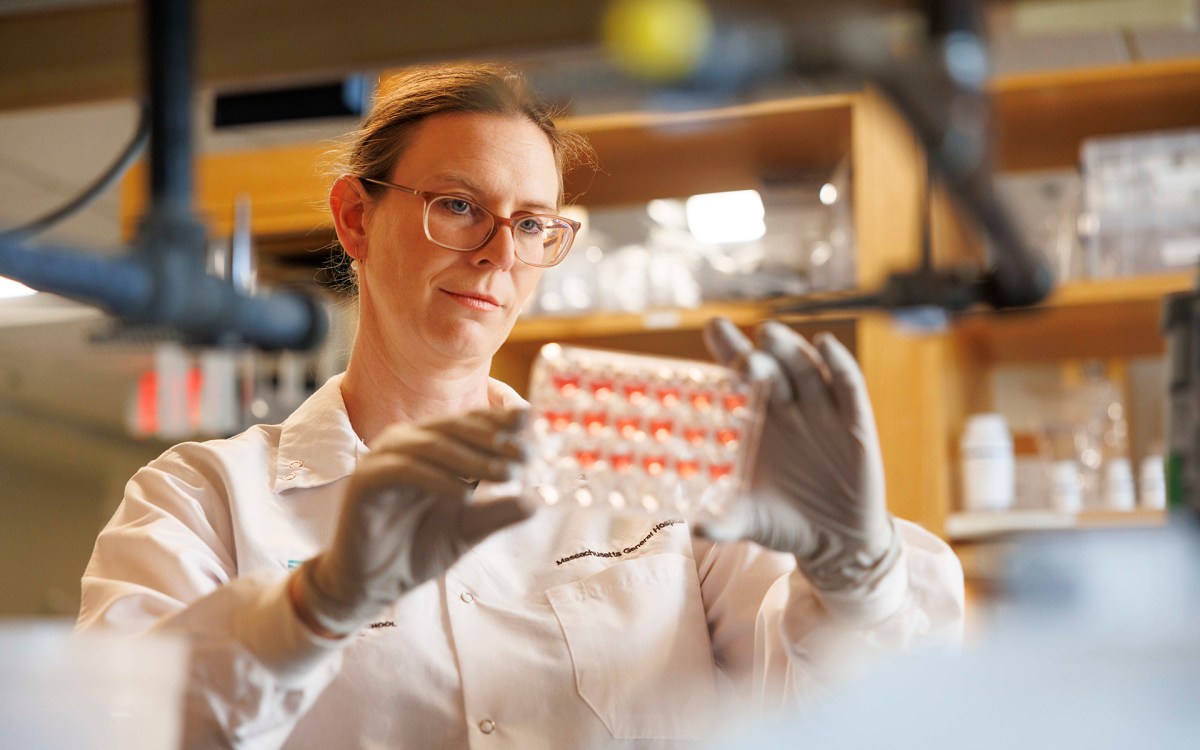Graphene may hold key inexpensive and rapid DNA sequencing
In a paper published as a cover story in Nature, researchers from Harvard University and MIT have demonstrated that graphene, a surprisingly robust planar sheet of carbon just one-atom thick, can act as an artificial membrane separating two liquid reservoirs.
By drilling a tiny pore just a few nanometers in diameter, called a nanopore, in the graphene membrane, they were able to measure exchange of ions through the pore and demonstrated that a long DNA molecule can be pulled through the graphene nanopore just as a thread is pulled through the eye of a needle.
“By measuring the flow of ions passing through a nanopore drilled in graphene we have demonstrated that the thickness of graphene immersed in liquid is less then 1 nm thick, or many times thinner than the very thin membrane which separates a single animal or human cell from its surrounding environment,” says lead author Slaven Garaj, a research sssociate in the Department of Physics at Harvard. “This makes graphene the thinnest membrane able to separate two liquid compartments from each other. The thickness of the membrane was determined by its interaction with water molecules and ions.”
Graphene, the strongest material known, has other advantages. Most importantly, it is electrically conductive.
“Although the membrane prevents ions and water from flowing through it, the graphene membrane can attract different ions and other chemicals to its two atomically close surfaces. This affects graphene’s electrical conductivity and could be used for chemical sensing,” says co-author Jene Golovchenko, Rumford Professor of Physics and Gordon McKay Professor of Applied Physics at Harvard, whose pioneering work started the field of artificial nanopores in solid-state membranes.
“I believe the atomic thickness of the graphene makes it a novel electrical device that will offer new insights into the physics of surface processes and lead to a wide range of practical application, including chemical sensing and detection of single molecules.”





